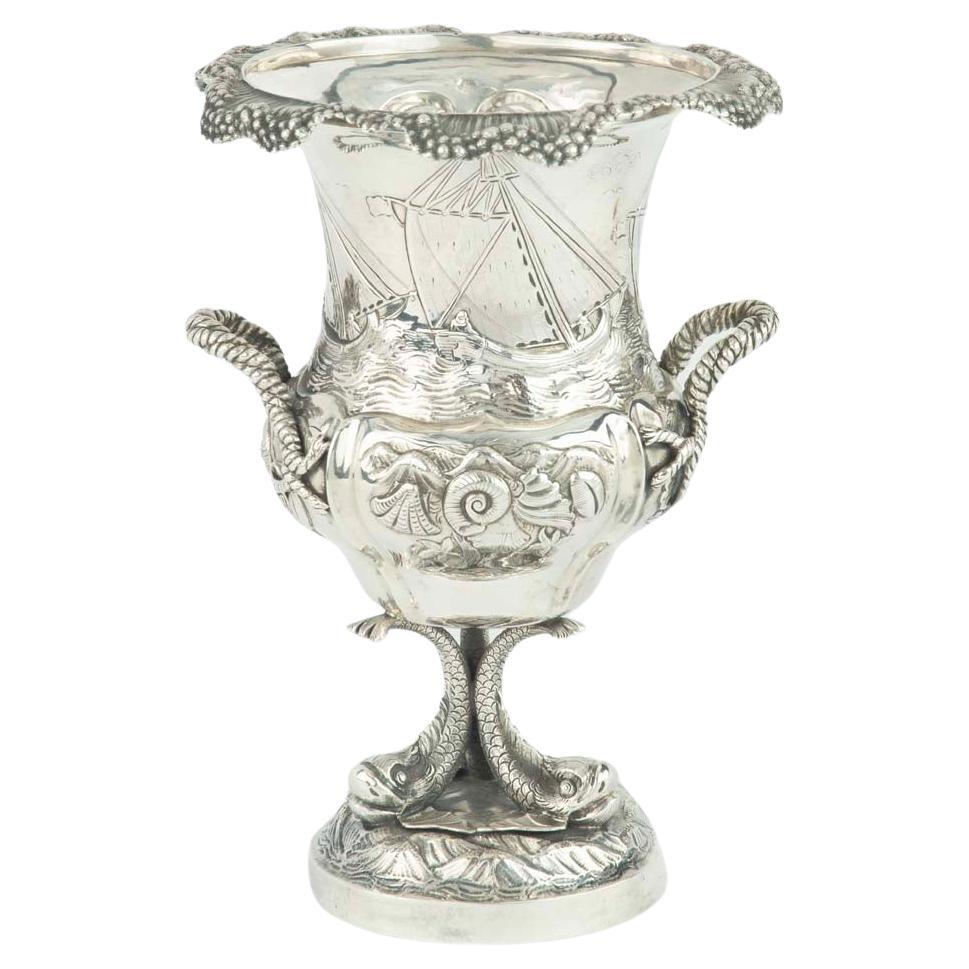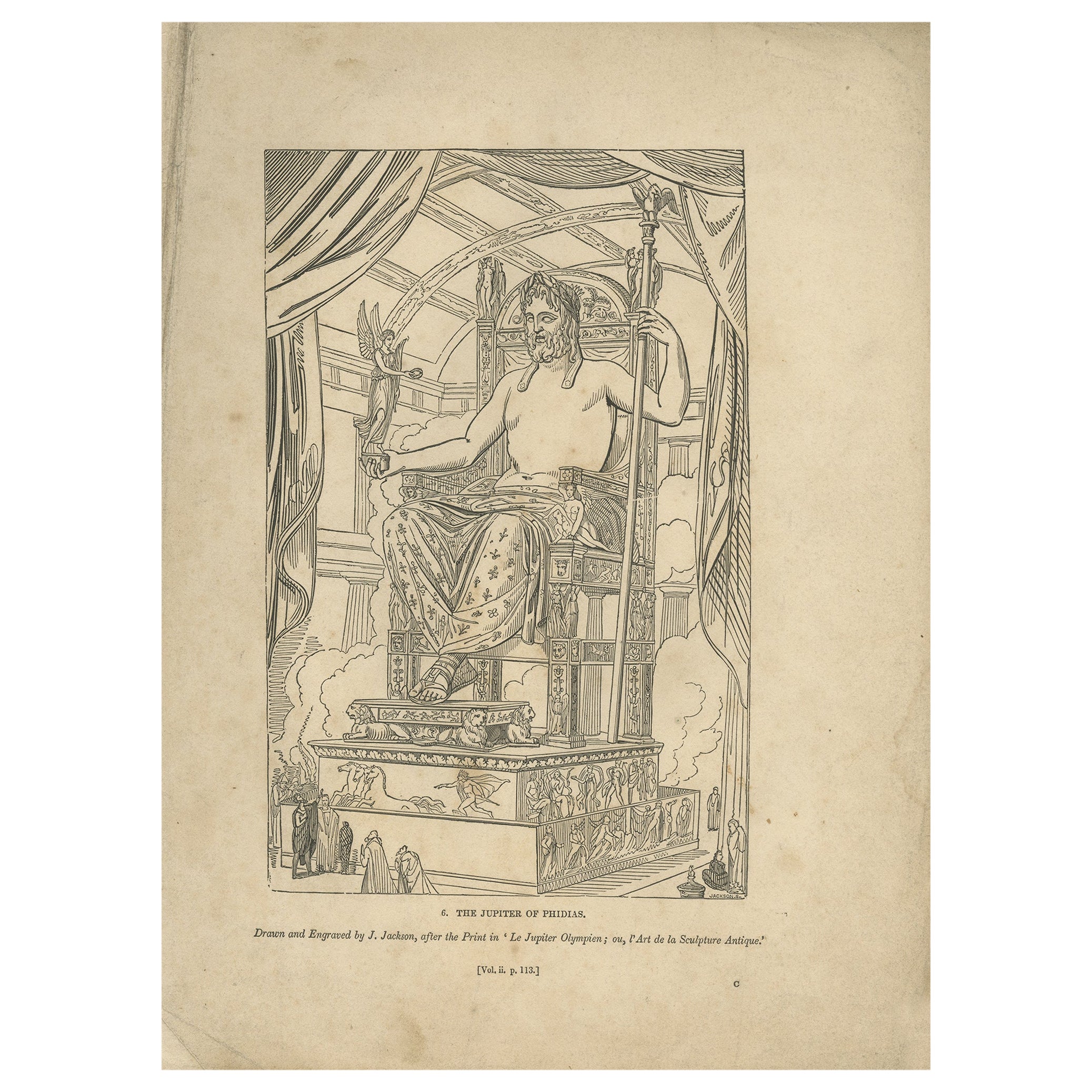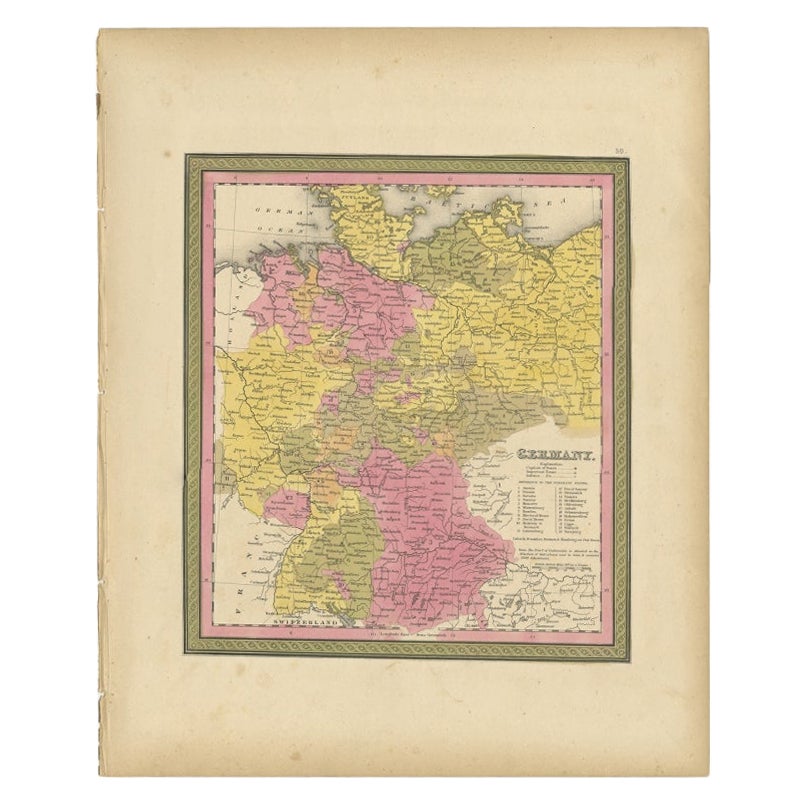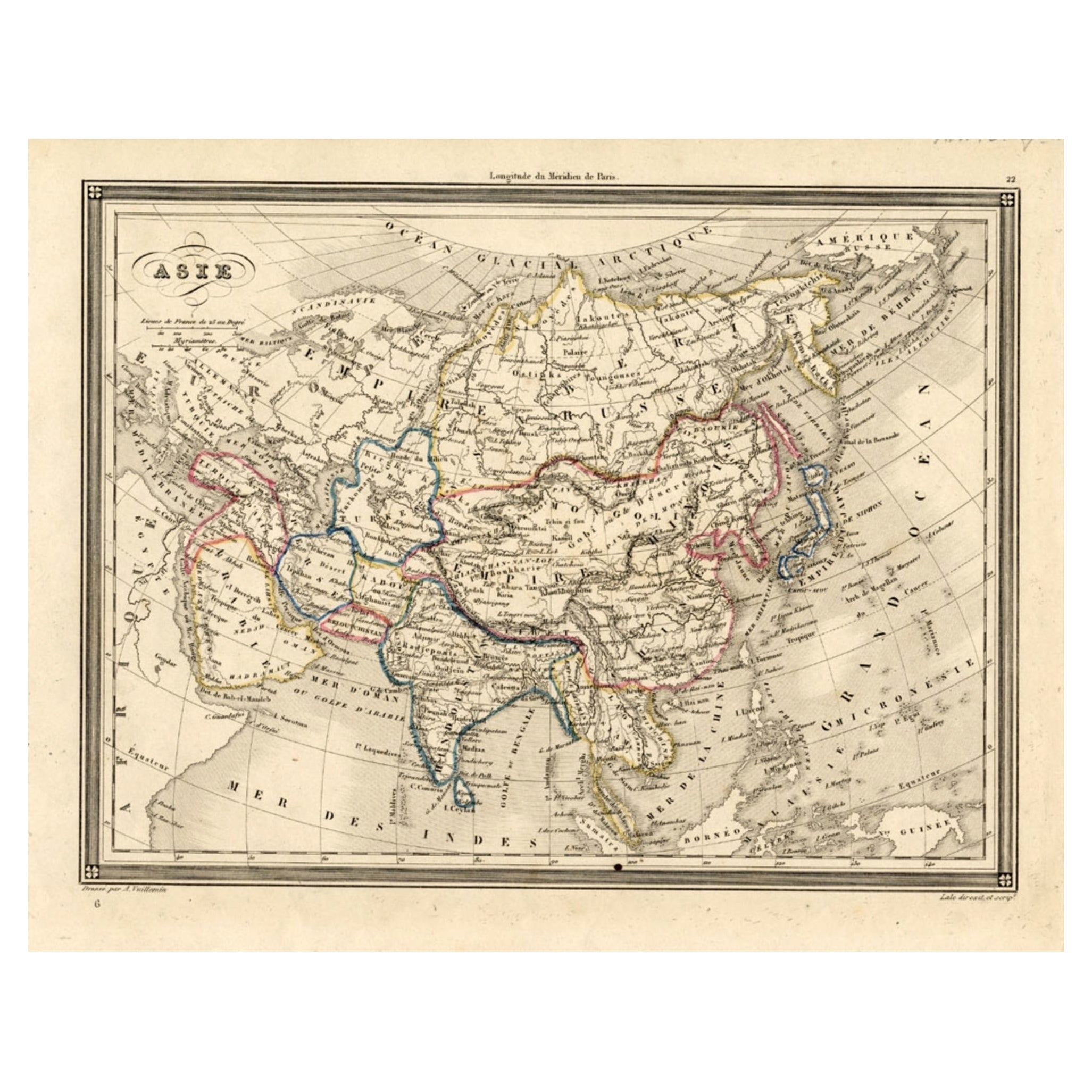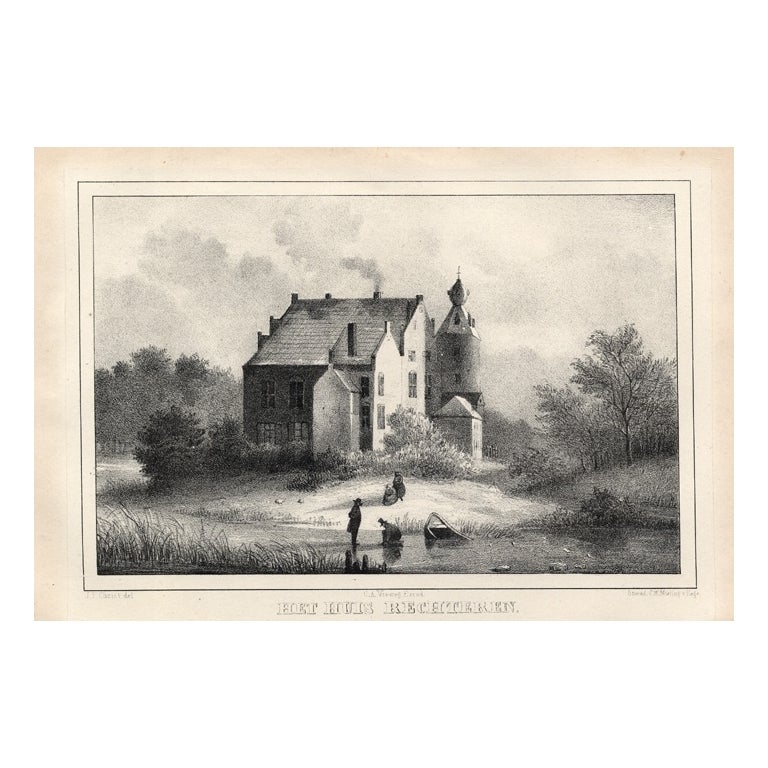Items Similar to An impressive silver gilt Lyme Regis & Charmouth Regatta Cup for 1846 presented
Want more images or videos?
Request additional images or videos from the seller
1 of 14
An impressive silver gilt Lyme Regis & Charmouth Regatta Cup for 1846 presented
About the Item
An impressive silver gilt Lyme Regis & Charmouth Regatta Cup for 1846 presented by John Attwood M.P. made by Hunt and Roskell, in the form of a classical footed urn with paired handles and a domed lid surmounted by a dolphin, engraved throughout with collars of stippled waves and two central C-scroll cartouches, one stating ‘The Gift of I Attwood Esq.r MP to the Lyme Regis & Charmouth Regatta 18 August 1846’, fully assayed. English, 1846.
The Lyme Regis Regatta is believed to have been established around 1825 and continued uninterrupted every August until 1889, being re-established in 1898. The Lyme Regis Regatta generally is discussed in Ebb and Flow: The Story Of Maritime Lyme Regis by Peter Lacey.
It is evident that in Victorian Lyme Regatta Day was the high point of the season for both inhabitants and visitors. Traditionally held in August, Lyme Regis Annual Regatta Day started around 1825; its forerunner in 1810 being a boat race held once a year. Yacht races were the main feature of these early regattas and in 1847 there were three such races with silver cups to the value of £100 being presented to the gentlemen winners, races for trawl boats and rowing matches included. Competitors competed for generous prize money and sponsorship of regattas was viewed as a civic obligation, contributions coming from gentlemen and principal tradesmen of the town. In 1889 the regatta was discontinued, but resurrected in 1898 and incorporated an extensive schedule of sailing and rowing races. Lyme ketches competed for the Earl De La Warr’s silver cup and £10 of shared prize money and The Dorset Challenge Cup race involved open sail boats. Both races stipulated ‘The cup to be won two years by the same boat before becoming the property of the winner‘. Lyme and Charmouth were pitted against each other in sailing and rowing events. From ‘Ebb and Flow The Story Of Maritime Lyme Regis’ by Peter Lace.
The 1846 Regatta
A newspaper report from the 1st of August 1846 in the Exeter and Plymouth Gazette previewed the event, scheduled for the 18th of August. It stated that “A silver cup, value 35 Guineas, presented by John Attwood Esq., M.P., for yachts not exceeding 35 tons. Old Admeasurement”. In actual fact the weather on the 18th was poor and so the race was not able to take place on that date, taking place on the 19th of August instead. There were three starters in competition for the cup:
The Lily of Devon (30 tons) owned by W. F. Moore Esq. and under the Royal Western Yacht Club (Plymouth) flag
The Geraldine, owned by “_ Fitzgerald” (sic) and under the Royal Thames Yacht Club flag
The Grand Turk (29 tons) owned by Thomas Fox Esq. and under the Royal Western Yacht Club (Plymouth) flag
The race was described in Bell’s Life in London and Sporting Chronicle, Sunday 30 August 1846 in great detail as follows:
“The interesting match of the day was between two crack clippers of the R. W. Y. C…..The Geraldine, R. T. Y. C., belonging to _Fitzgerald Esq., also entered for this cup but the breeze was too strong to give her a chance against her more powerful antagonists. The race started with a fine breeze at west, and in running down off the wind to the eastern mark boat, the Grand Turk headed her opponent, but on hauling their wind to fetch the southern mark boat, the breeze freshened, and the sailing between these two yachts was most interesting. Each had at this time as much canvas as she could drag under, with a head sea, and in a very short time the Lily both weathered and passed the other, and there appeared little doubt of her winning, but, unfortunately, when at some distance ahead, she carried away her weather cross tree, and was in consequence obliged to take in her gaff topsail, which gave the Grand Turk the advantage, and she succeeded in reaching and passing the starting boat about a minute before the Lily. By this time the Lily had got her small gaff topsail set and she again looked as if determined to wrest the cup from the other. On rounding the eastern mark boat for the second time she again came up close to the Grand Turk, and the latter, finding that she could not contend with her opponent against a head sea, most judiciously tacked, obliging the Lily to do the same. The race was now most exciting, the two vessels almost touching each other when tacking; the Lily to leeward of her antagonist, and partially becalmed by her sails. The Lily now edged away to leeward, thinking to pass by this means, and get again fairly in to the breeze. She had scarcely done so before the strop of the inner block of her peak halyards broke short off, which caused the peak of the sail to drop, and it was some time before it again could be hoisted, and the sail again made to stand. It was now evident that the Grand Turk must win, unless she met with some casualty, but she proved herself to be not only a very fast but a fortunate vessel, coming in the winner by three minutes and a half. The way in which the Grand Turk was handled by her crew excited much admiration. Two more splendid cutters than the Lily of Devon and the Grand Turk, of their tonnage, cannot we think, be found amongst any of the yacht clubs”.
John Attwood was the M. P. for Harwich in Essex and lived in a grand mansion Hylands Park in Chelmsford which still stands today, expanding the already large house at great expense.
Attwood had made his fortune as the owner of an ironworks in Birmingham but having achieved his goal and become a politician, by decidedly underhand means including bribery and other widespread corruption, he had a very short career. Elected in 1841, the accounts of the bribery used by his electoral agents led to him being forced out of parliament in 1848. Attwood had dreamed of getting a peerage, completing his journey from working man to gentleman, but died in disgrace and poverty in France hiding from his creditors in 1865.
Hunt and Roskell
A continuation of the firm set up by the great Paul Storr after leaving Rundell, Bridge and Rundell, Hunt and Roskell were the most important firm of silversmiths in the mid to late 19th century in London with royal warrants awarded by Queen Victoria and by the French emperor. They won countless awards at the International Exhibitions held during this period, including the Great Exhibition of 1851, and the firm continued independently until 1889 when it became part of the J. W. Benson company, still trading as Hunt and Roskell, until it was closed in 1965.
- Dimensions:Height: 13.5 in (34.29 cm)Width: 8.5 in (21.59 cm)Depth: 6.35 in (16.13 cm)
- Materials and Techniques:
- Place of Origin:
- Period:
- Date of Manufacture:1846
- Condition:Wear consistent with age and use.
- Seller Location:Lymington, GB
- Reference Number:1stDibs: LU973036896752
About the Seller
5.0
Recognized Seller
These prestigious sellers are industry leaders and represent the highest echelon for item quality and design.
Established in 1982
1stDibs seller since 2013
107 sales on 1stDibs
Typical response time: 4 hours
Associations
LAPADA - The Association of Arts & Antiques Dealers
- ShippingRetrieving quote...Ships From: Lymington, United Kingdom
- Return PolicyA return for this item may be initiated within 14 days of delivery.
More From This SellerView All
- The Luska Bay Regatta Challenge Cup won by Surprise, 1878Located in Lymington, HampshireThis ornate repoussé silver trophy is in the form of a handled cup with an everted rim and tripod dolphin base. The high relief decoration comprises three gaff rigged yachts racing,...Category
Antique 1870s European Sports Equipment and Memorabilia
MaterialsSilver
- Centrepiece Presented to Thomas FairbairnLocated in Lymington, HampshireJ. B. Waring describes this oxidised silver Testimonial as follows: “The Manchester Art-Treasures Testimonial is surmounted by a figure of genius contending with an eagle, around which are allegorical figures of Painting, Sculpture and Industrial Art. On the columns are the rose, shamrock and thistle and the motto of the Exhibition, from Keats’ Hyperion – “a thing of beauty is a joy for ever”. On the vase are the names of the principal artists whose works adorned the Exhibition, and on the angles infantine figures of Fame hold portrait medallions of Michael Angelo, Titian and Cellini”. On an ebonized stepped plinth. Assay marks, ISH, London, 1859. Published: J. B. Waring, Masterpieces of Industrial Art and Sculpture at the International Exhibition 1862...Category
Antique 1850s English Centerpieces
MaterialsSilver
- An original life ring from the America’s Cup yacht ‘Shamrock’, Royal Ulster YachLocated in Lymington, HampshireAn original life ring from the America’s Cup yacht ‘Shamrock’, Royal Ulster Yacht Club, the circular ring painted in gilt outlined in green ‘Shamrock V, R.U.Y.C.’, on a white ground,...Category
Antique 19th Century English Nautical Objects
MaterialsCanvas
- A silver Royal Navy racing cup presented by H.M.S. CuraçaoLocated in Lymington, HampshireA silver Royal Navy racing cup presented by H.M.S. Curaçao, the spherical bowl with two square section handles, all raised on a knopped stem, inscribed on ...Category
Early 20th Century English Sterling Silver
MaterialsSilver
- George III Lloyds Patriotic Fund Silver and Silver Gilt Vase and Cover by SamuelLocated in Lymington, HampshireGeorge III Lloyds patriotic fund silver and silver gilt vase and cover by Samuel Hennell, of Adam design, the lift-off cover with knop finial above angled swept handles and laurel wr...Category
Antique Early 1800s English Nautical Objects
MaterialsSilver
- An oak tray from H.M.S. CambridgeLocated in Lymington, HampshireAn oak tray from H.M.S. Cambridge, of rectangular form, the carrying handles with turned silver plated ends, decorated in cream on a green ground with a ribbon cartouche enclosing a ...Category
Antique Early 1900s European Nautical Objects
MaterialsOak
You May Also Like
- Fraeijlemaborg, Christ, 1846Located in Langweer, NLFraeijlemaborg.' (Fraeylema Castle.) This Castle is situated in the province of Groningen in Slochteren. It was built around 1500 and its first known occupant was Remmert Fraeylema. ...Category
Antique 19th Century Prints
MaterialsPaper
- Antique Map of Germany from an American 19th Century Atlas, 1846Located in Langweer, NLAntique map titled 'Germany'. Old map of Germany. This map originates from 'A New Universal Atlas Containing Maps of the various Empires, Kingdoms, States and Republics Of The World ...Category
Antique 19th Century Maps
MaterialsPaper
- Colourful Old Map of the Austrian Empire, with an Inset Map of Vienna, 1846Located in Langweer, NLAntique map titled 'Austrian Empire'. Old map of the Austrian Empire, with an inset map of Vienna. This map originates from 'A New Universal Atlas Co...Category
Antique 1840s Maps
MaterialsPaper
- Antique Map of Asia, 1846Located in Langweer, NLAntique map titled 'Asie'. Original antique map of Asia. Source unknown, to be determined. Artists and Engravers: Alexandre Vuillemin (1812-188...Category
Antique 19th Century Maps
MaterialsPaper
- Het Huis Rechteren, Christ, 1846Located in Langweer, NLHet huis Rechteren.' (Rechteren Castle.) This Castle is situated in the province of Overijssel in Dalfsen. The castle was built in the 14th century by Herman van Voorst. Other well k...Category
Antique 19th Century Prints
MaterialsPaper
- Antique Irish Sterling Silver CupBy Matthew WestLocated in Jesmond, Newcastle Upon TyneAn exceptional, fine and impressive antique 18th century Irish sterling silver cup; an addition to our 17th century silverware collection This e...Category
Antique 18th Century English Historical Memorabilia
MaterialsSilver, Sterling Silver
Recently Viewed
View AllMore Ways To Browse
Used Furniture Chelmsford
Old Lace Silver
Silver Buter Bell
J W Benson London
Dolphin Head
W A Benson
Two Handle Cup
Boat Winch
Mocha Jasperware
Collier Bakelite
Harpoon Gun
Antique Nautical Pocket Compass
Nautical Sampson Post Cleats
Used Nautical Objects
Vintage Nautical Furniture
Antique Marine Chronometer
Us Navy Compass
Ships Hatch Cover
